Children’s Day in Japan: A Guide to Kodomo No Hi
No, You Don't Eat These Carps
You might have noticed colorful fish-shaped flags hanging on balconies while going out. That means it's almost Children's Day in Japan!
Things change quickly in Japan. As soon as Hinamatsuri (Girl’s Day) ends and the cherry blossom season dies down, Japanese families start preparing for Golden Week—and even more specifically, for Kodomo No Hi (Children’s Day), celebrated on May 5th (or “double fifth”).
To the untrained eye, fish swimming in the sky may seem like an odd affair—colorful carp-shaped flags hoisted from balconies and ominous-looking samurai armor adorning family living rooms. Let us fill you in on this traditional public holiday in Japan!
Kodomo No Hi: Back To The Origins
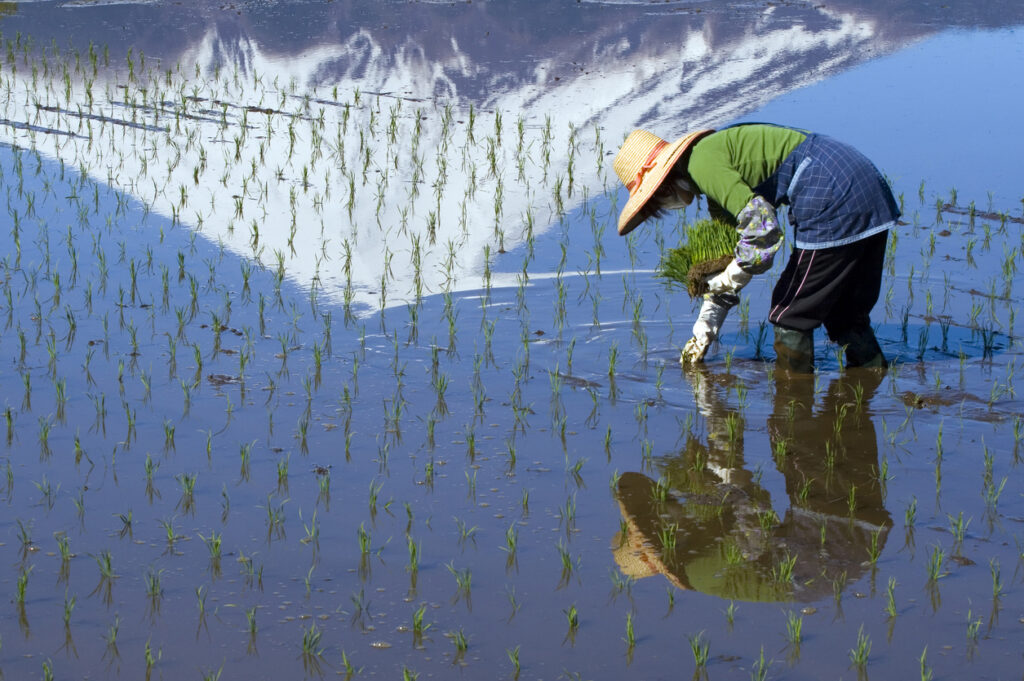 © Photo by iStock: rssfhs
© Photo by iStock: rssfhsDuring the Nara period (710 to 794), May 5th was known as Tango no sekku (端午の節句), a day for women to purify the house and rest their bodies. This was due to May being the rice planting season—a sacred time of year as many believed they had to welcome the rice god to pray for a bountiful harvest. Young women called “Saotome“, sacred beings of the time, were in charge of planting the rice and had to purify themselves as they were the ones welcoming the god of the rice fields.
However, during the Kamakura period (1185–1333), as the samurai class took control of the government, the day was changed to celebrate young boys instead. In 1948, the government changed the official name to Kodomo No Hi, to celebrate all children, but even today, the day continues to involve traditional customs of its samurai origins.
Most Japanese people still consider and celebrate the day as Boy’s Day. This does seem only fair as there is a Girl’s Day (Hinamatsuri) celebrated on March 3rd or “double third”—though Girl’s Day is not an official public holiday.
How do you celebrate Children’s Day in Japan?
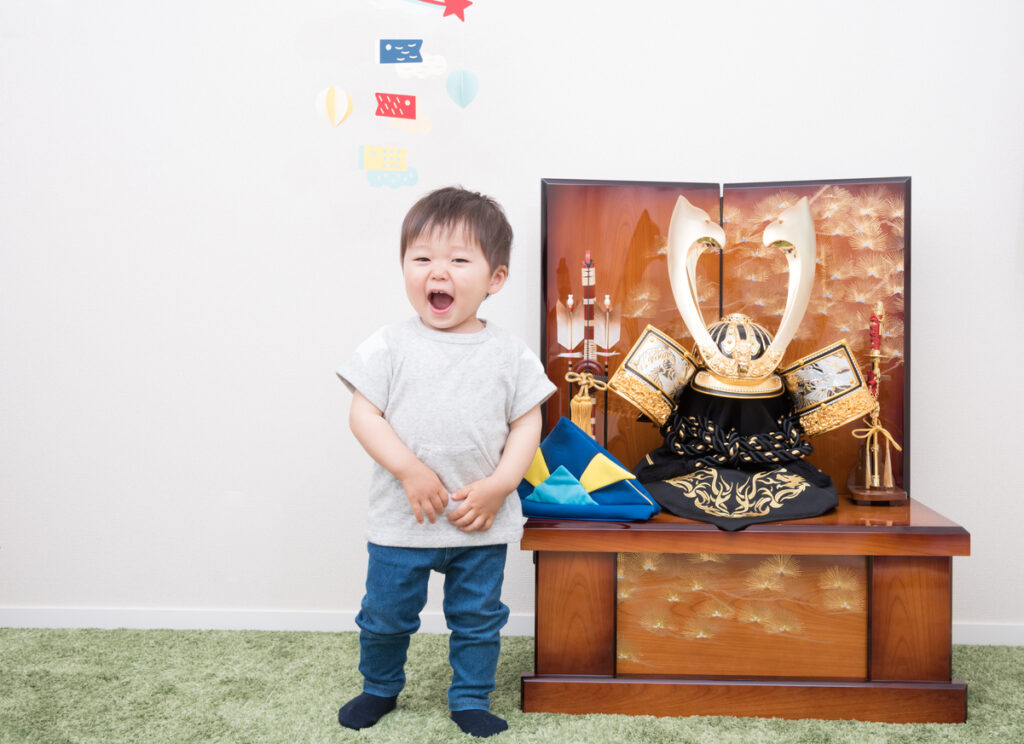 © Photo by iStock: TATSUSHI TAKADA
© Photo by iStock: TATSUSHI TAKADAThe Armor and the Beetle
Families celebrating Kodomo no Hi will decorate their homes with samurai armor and helmet miniatures, representing their wishes to raise strong boys. The armor (yoroi, 鎧) and helmet (kabuto, 兜) form the word yoroikabuto, which you will hear often around this time of the year.
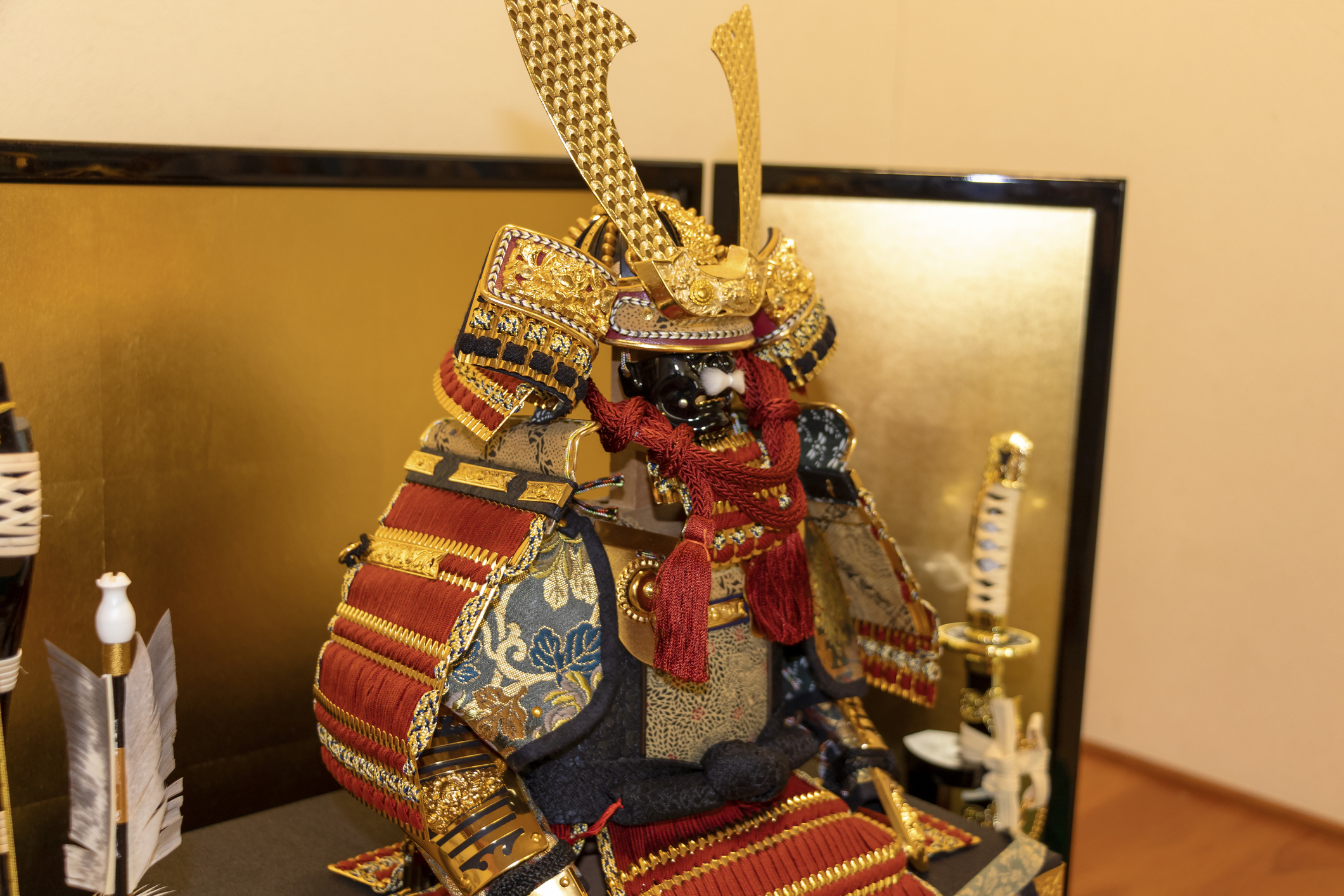 © Photo by Toru Kimura
© Photo by Toru KimuraThose of you studying Japanese may find a useful mnemonic in the word for the helmet—kabuto—which sounds an awful lot like the kabutomushi (Japanese stag beetle) and in my eyes bears more than a passing resemblance. The kabuto was the inspiration behind Darth Vader’s helmet and the traditional versions still retain a sense of that menace.
The Carp Symbolism
Households with boys will also hoist fierce and colorful carp flags outside their homes, and you can witness the same in various public places across the country.
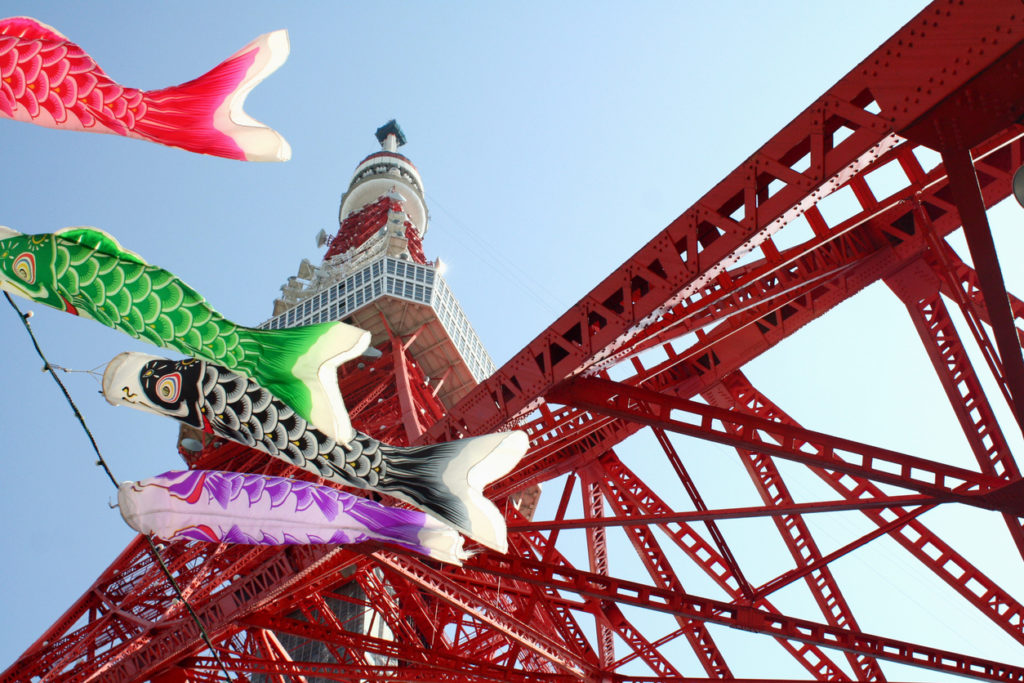 © Photo by iStock: Terje71
© Photo by iStock: Terje71According to an ancient Chinese legend, a mixed school of fish tried to fight their way up a waterfall called “Ryumon” (龍門), or dragon gate. While all the other fish gave up and drifted downstream, the carp persisted, and once inside Dragon Gate, they transformed into dragons. While there are different versions of this age-old tale, the Japanese version ripened into a proverb—koi no taki-nobori, 鯉の滝登り. I’m going to go out on a limb and guess that that folk wisdom was shortened into 鯉のぼり, “koinobori,” the modern name for the famous carp flags.
The black carp, the largest one on the koinobori flag, represents the father and is known as the magoi, 真鯉. The red carp represents the mother (higoi, 緋鯉), and the last carp (often blue) represents the child (traditionally, the son) with an additional carp added for each younger sibling.
Children’s Day Dishes
Traditionally in Japan, there are special foods that go with every holiday or occasion, and Children’s Day is no exception. Japanese people cook chimaki (粽) for this holiday—a rice cake made out of steamed sticky rice, or mochigome (餅米), wrapped in a bamboo leaf—and kashiwamochi (柏餅), a sweet Japanese treat. Here’s how to make your own.
Children’s Day in Japan Recipe: Chimaki
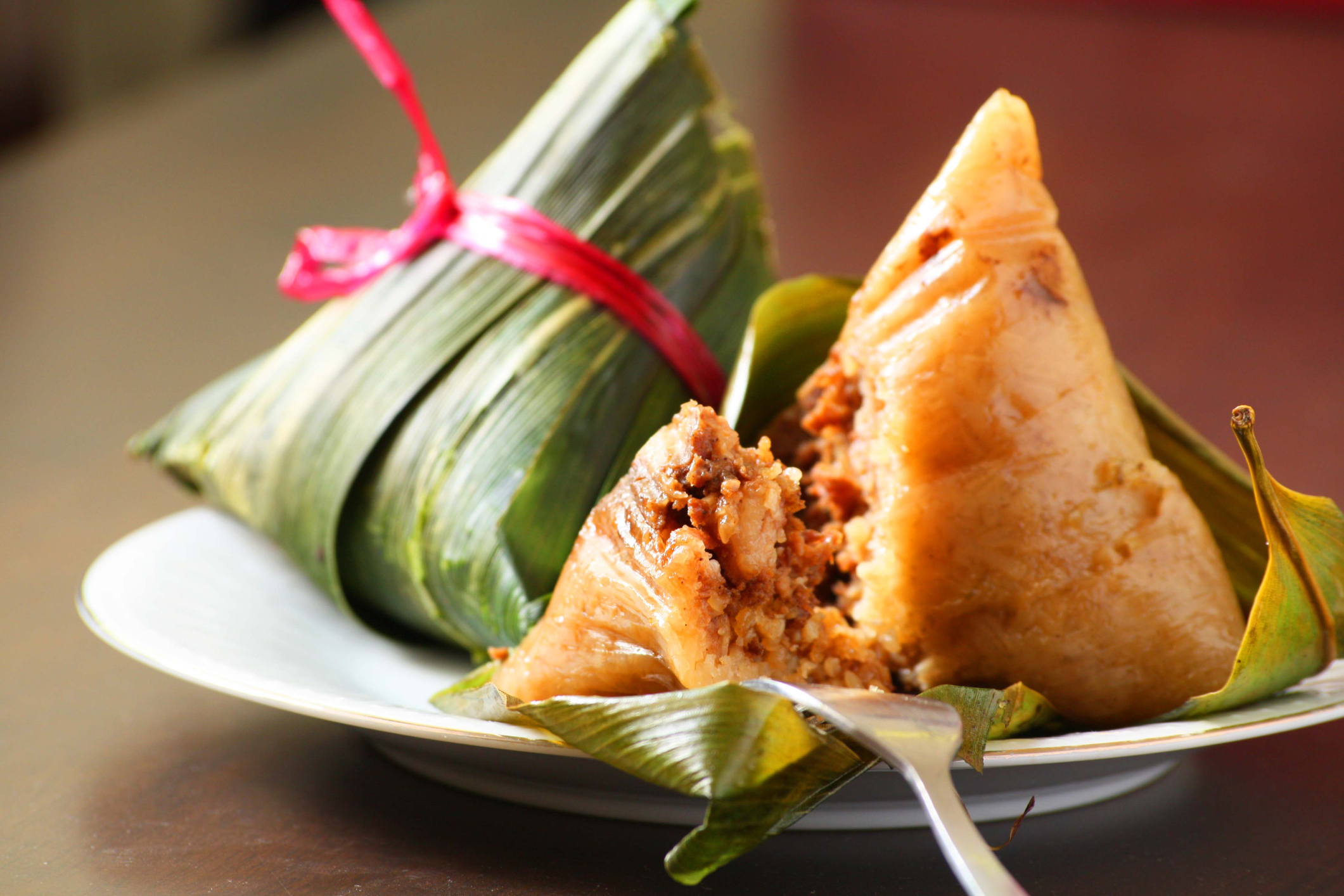
Ingredients
- 3 cups of mochigome, 餅米 or glutinous rice (can be purchased at any supermarket in Japan). Rinse and leave in a colander for 30 minutes before cooking
- Cooked pork, 150g (cubed, about 1 cm)
- Dried baby shrimps, 20g (rehydrated and coarsely chopped)
- Dried shiitake mushrooms, 4-5 (rehydrated and cubed, about 1 cm)
- Bamboo shoots, 100g (cubed, about 1 cm)
- Carrot, half (cubed, about 1 cm)
- Shiitake and shrimp soaking liquid, about 3 cups
- Soy sauce, 1 tbsp
- Sugar, 1 tsp
- Oyster sauce, 1 tbsp
- Cooking sake, 2 tbsp
- Salt, 1/2 tsp
- Pepper, a pinch
- Sesame oil, 2 tbsp
- Bamboo leaves, 10 (wiped down with a damp cloth)
Instructions
- In a large pot, heat the sesame oil.
- Cook the rice and all other ingredients besides the seasonings and liquids for three minutes.
- After the rice starts to glisten, add all the seasonings and the liquids to the same pot. Stir constantly until the liquid is gone. Be careful not to burn the rice at the bottom.
- Wrap the mixture with the bamboo leaves, make triangles, and tie them with thin bits of the leaves. Steam for 10 minutes on medium heat.
- Turn off the heat and keep the lid on for an extra 10 minutes before serving.
Children’s Day in Japan Recipe: Kashiwamochi
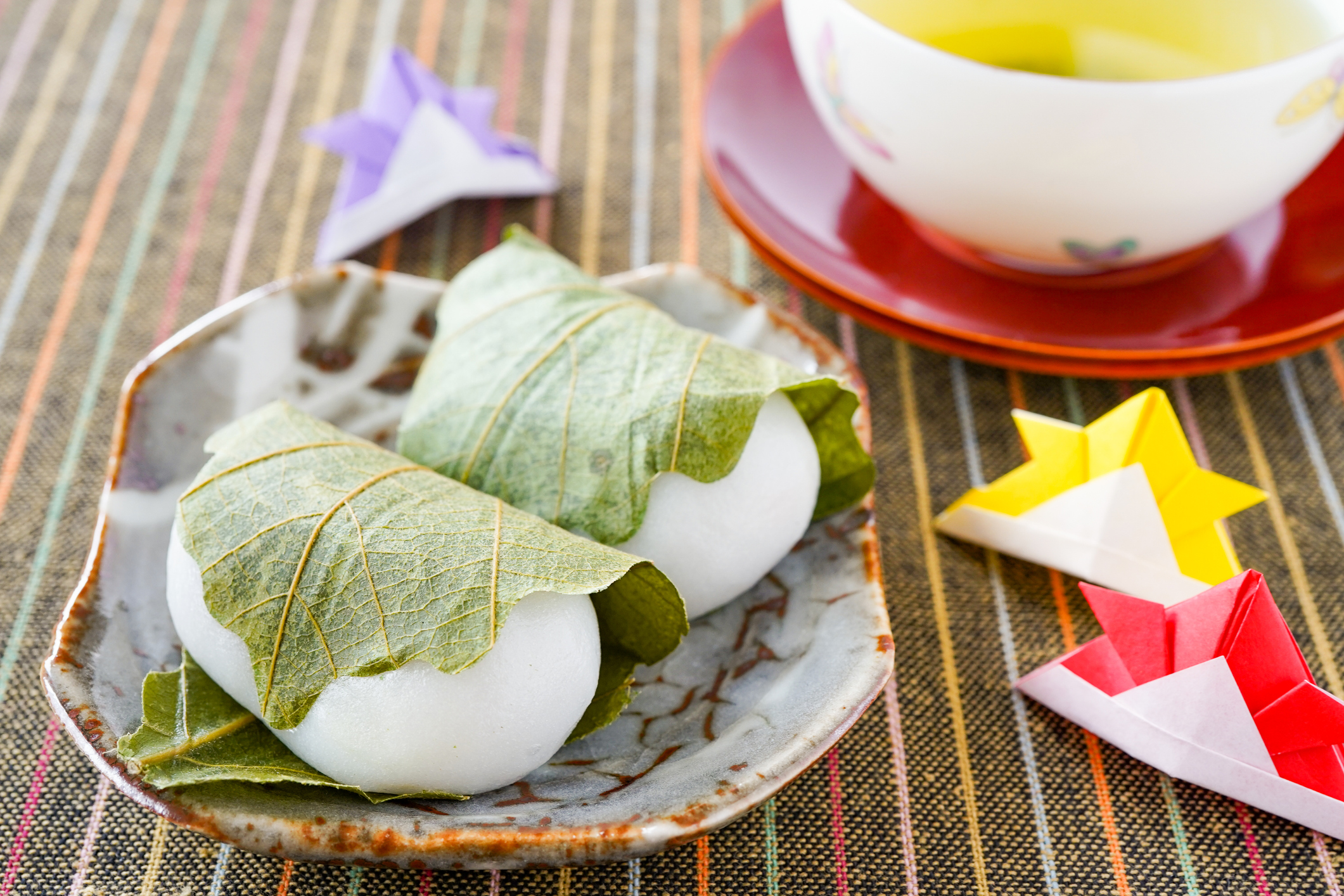
This wagashi (Japanese sweets) calls for the seasonal kashiwa oak leaf to wrap the rice cakes in. It will give it its distinct look and name as these rice cakes are named according to whichever leaf it may be wrapped in.
Ingredients
- Jyoshinko, 上新粉 (a fine/high-grade rice flour, available in any Japanese supermarket), 250g
- Water, 350cc
- Koshi–an, こしあん (smooth sweet bean paste) or ogura–an, 小倉餡 (sweet bean paste with whole beans), 300-350g (rolled into balls the size of plums, about 30g each)
- Kashiwa oak leaf, 10 (washed and dry patted)
Instructions
- In a heatproof glass bowl, add the flour and water. Mix well. Cover with cling film and microwave for five minutes and 30 seconds at 600w.
- Knead 15 to 20 times on a large piece of cling film.
- After kneading, put the dough in a Ziploc bag and chill it on iced water for about 20 minutes. Make sure to not get any water in the bag.
- After it’s chilled, knead it four to five more times.
- Break it up into about 10 pieces (about 50g each). Roll them out so they look like stretched pennies. Put the koshi–an or oguro–an onto one end of the oval and fold it over, pinching the edges together.
- Cover the less attractive side with the kashiwa oak leaf and voilà!
Now you’re ready to set the table, raise your koinobori flag and your glass to the health and strength of children everywhere. Happy Children’s Day in Japan!
This article was originally published in 2017 and updated with the latest information for 2024.

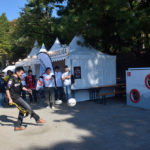
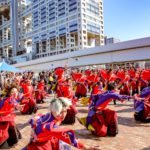
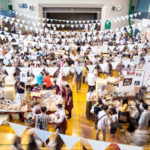


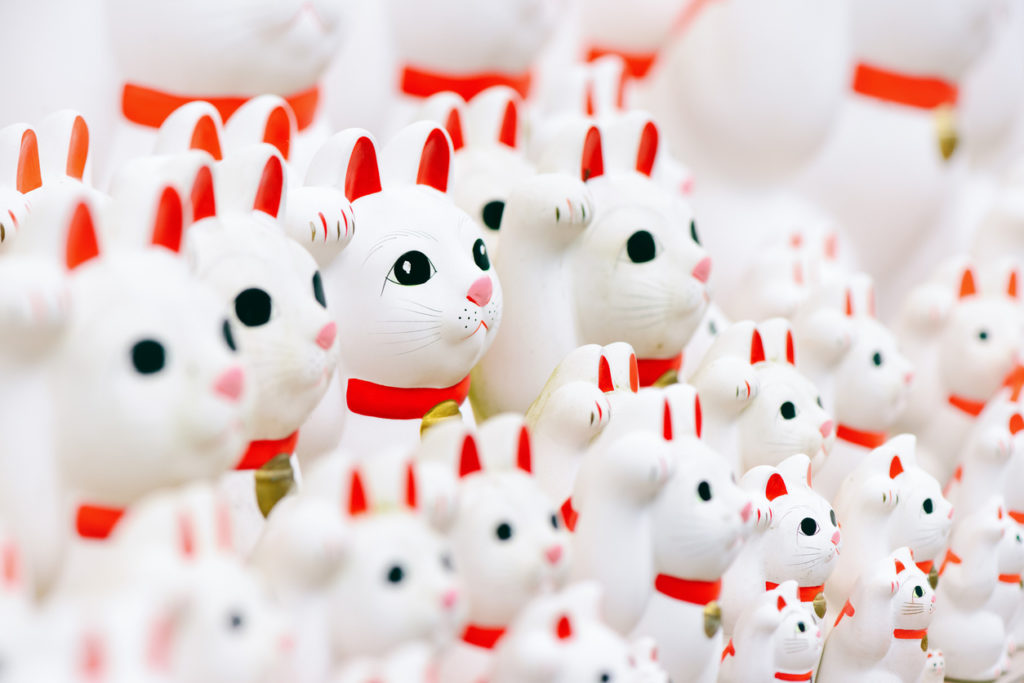





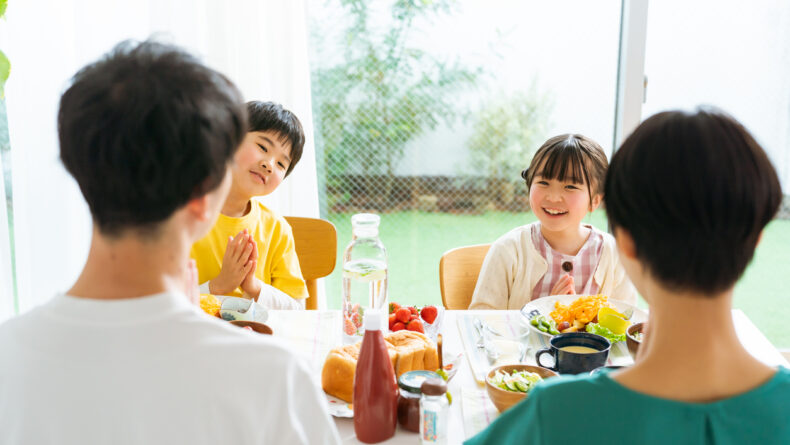
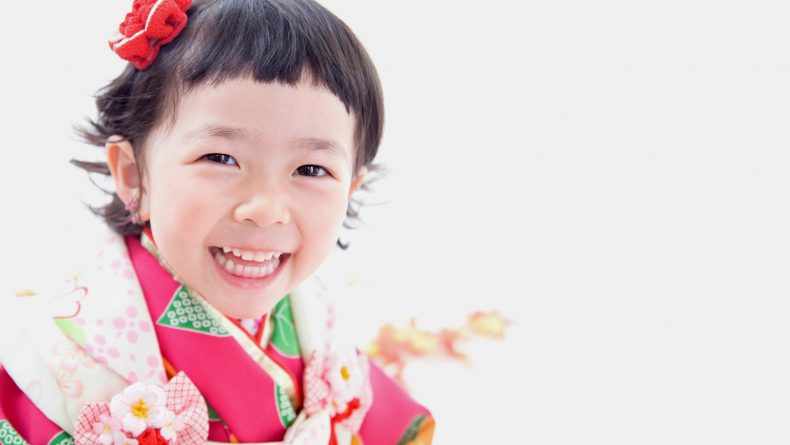
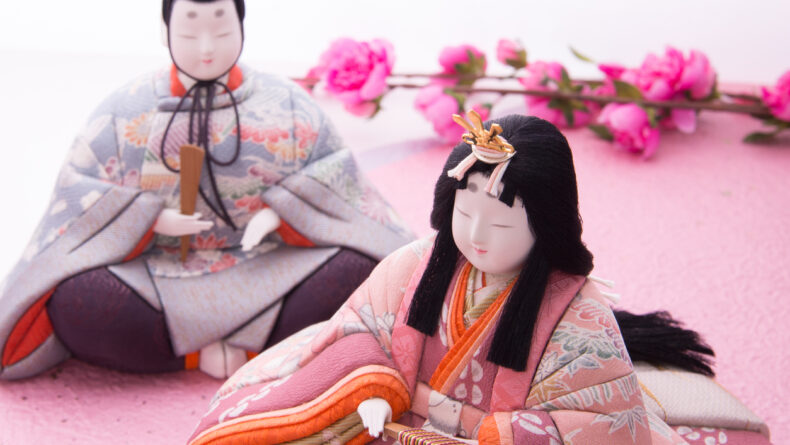
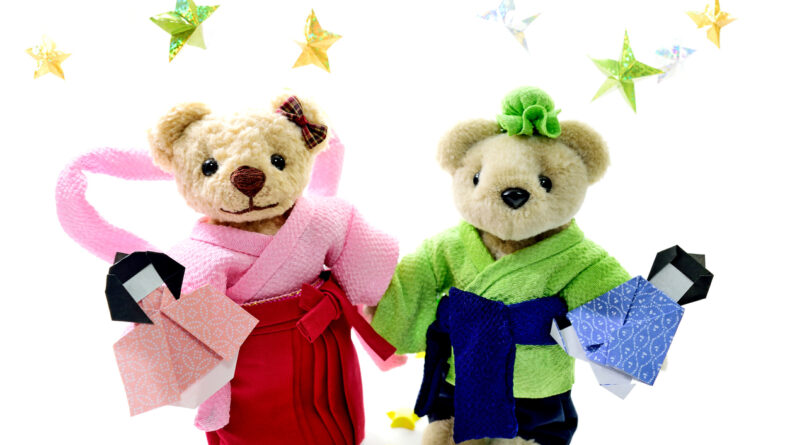
Leave a Reply